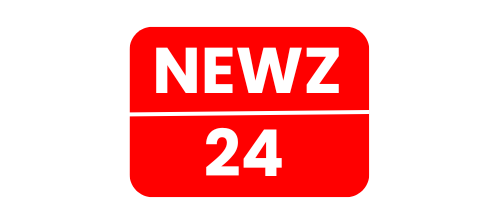$675 Stimulus Checks for November 2024: Several U.S. states are rolling out $675 stimulus checks in November 2024 to help residents cope with economic challenges. These state-level initiatives aim to provide financial relief to eligible residents facing rising living costs. Here’s what you need to know about these payments, who qualifies, and how to access them.
What Are These Payments?
Unlike previous federal stimulus programs, these $675 payments are state-administered initiatives. Each state has designed its program to address local needs, whether supporting low-income families, providing property tax relief, or helping specific groups like veterans or families with children.
State-Specific Programs
Different states have implemented varied approaches to stimulus distribution. Here are some notable examples:
Montana has launched a property tax relief program offering $675 to homeowners and renters. Applications closed on October 1, 2024, with payments scheduled for November distribution. The state is primarily using paper checks for payment distribution.
California’s approach differs slightly, with the Family First Sacramento Pilot Program providing monthly assistance to low-income Native American and African American families with young children under five. While this program offers $725 monthly payments rather than a single $675 payment, it represents a significant state-level relief effort.
Virginia has proposed a veteran assistance program, with payments expected between January and April 2024. While the amount varies, this program specifically targets veterans receiving VA benefits who meet certain income requirements.
Eligibility Requirements
While specific criteria vary by state, common eligibility factors include:
- Legal state residency
- Income within specified limits
- Membership in targeted demographic groups (veterans, seniors, families with children)
- Property ownership or rental status in some cases
How to Check and Apply for Benefits
To determine eligibility and apply for these payments:
- Visit your state’s Department of Revenue website for official information
- Use online eligibility calculators if available
- Prepare required documentation, which may include:
- Proof of residency (utility bills, lease agreements)
- Income verification (pay stubs, tax returns)
- Property-related documents for homeowner programs
Most states offer online application portals, though some accept paper applications. Be aware that paper applications typically involve longer processing times.
Payment Distribution
States typically distribute payments through:
- Direct deposit for those who provide banking information
- Paper checks (Montana’s preferred method)
- Prepaid debit cards in some cases
Most eligible recipients should expect their payments in November 2024, though timing may vary based on the distribution method and individual state processes.
Making the Most of Your Payment
If you receive a $675 stimulus payment, consider these strategies for maximizing its impact:
- Address immediate needs first, such as rent, utilities, or groceries
- Prepare for seasonal expenses, particularly winter heating costs
- Reduce high-interest debt to save on interest payments
- Build emergency savings if possible
Staying Informed
State relief programs continue to evolve, with new initiatives being proposed and implemented. Keep these tips in mind:
- Regularly check your state’s official websites for updates
- Watch for announcements about new relief programs
- Be aware of application deadlines
- Verify information through official state channels to avoid scams
Important Reminders
Remember that these payments are state-specific, and not all states are offering similar programs. If your state is participating, be sure to:
- Submit applications before deadlines
- Provide accurate and complete information
- Keep track of your application status through official channels
- Update your contact and payment information if needed
Understanding and accessing these state stimulus payments requires attention to detail and timely action. By staying informed about your state’s specific program requirements and deadlines, you can better position yourself to receive this financial assistance when available.






